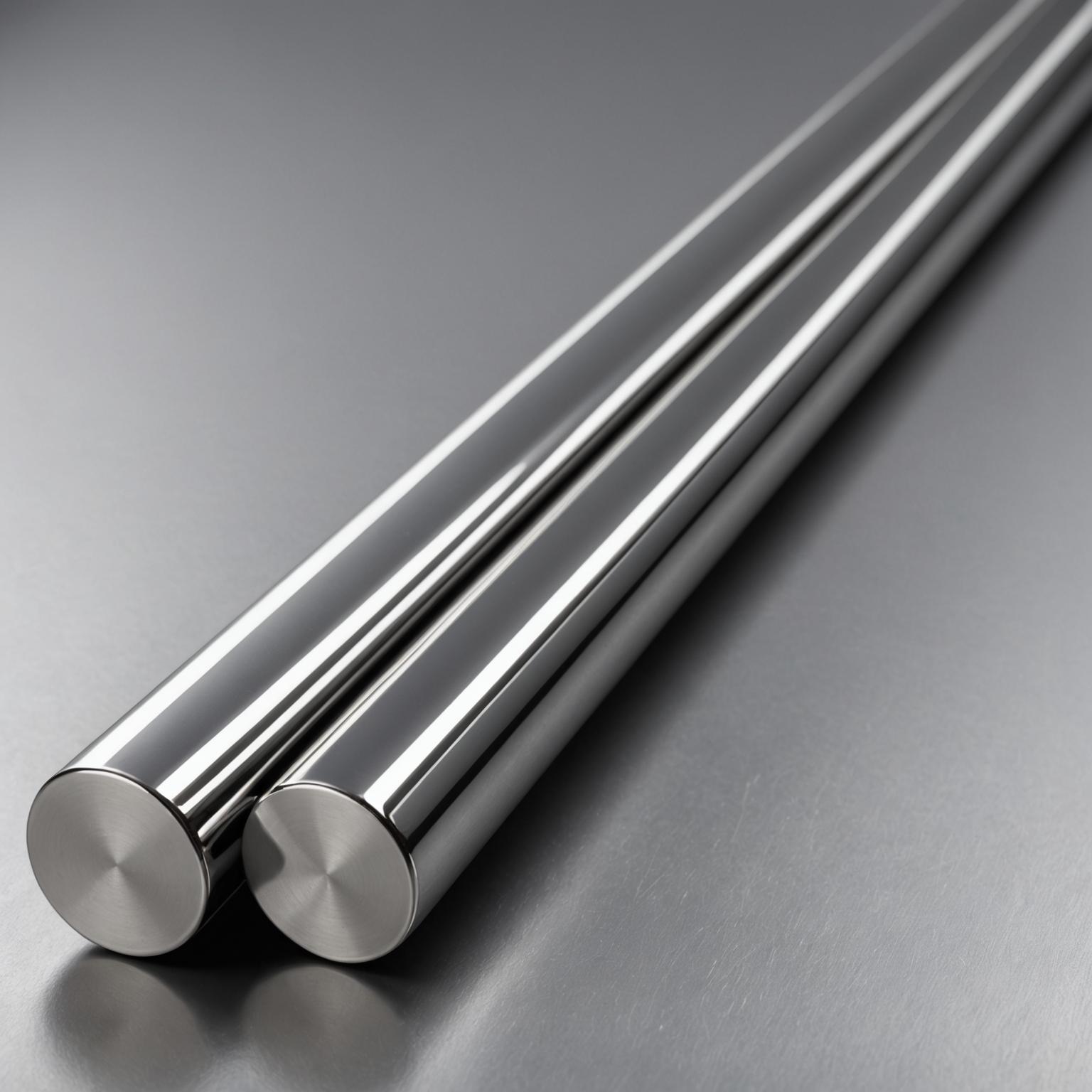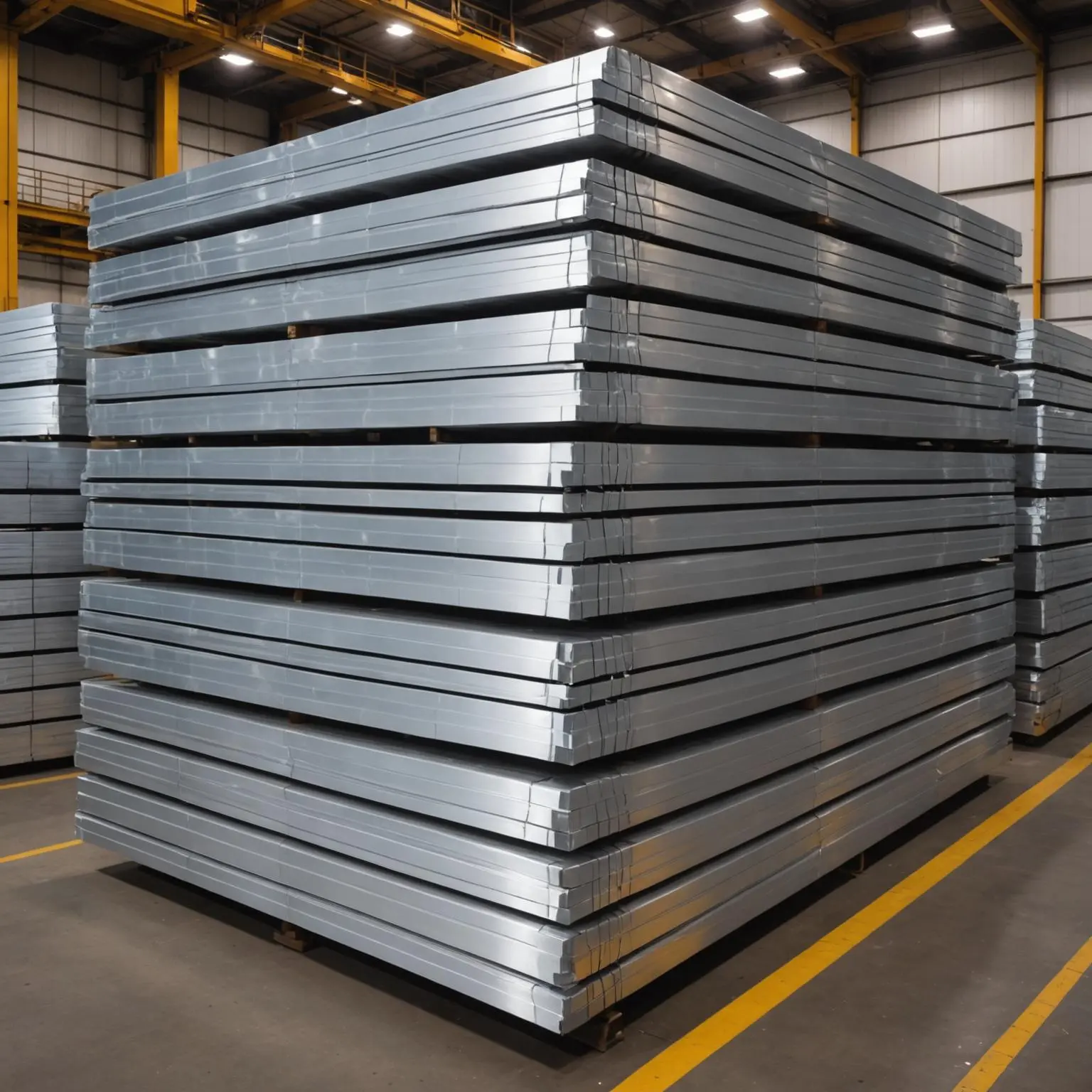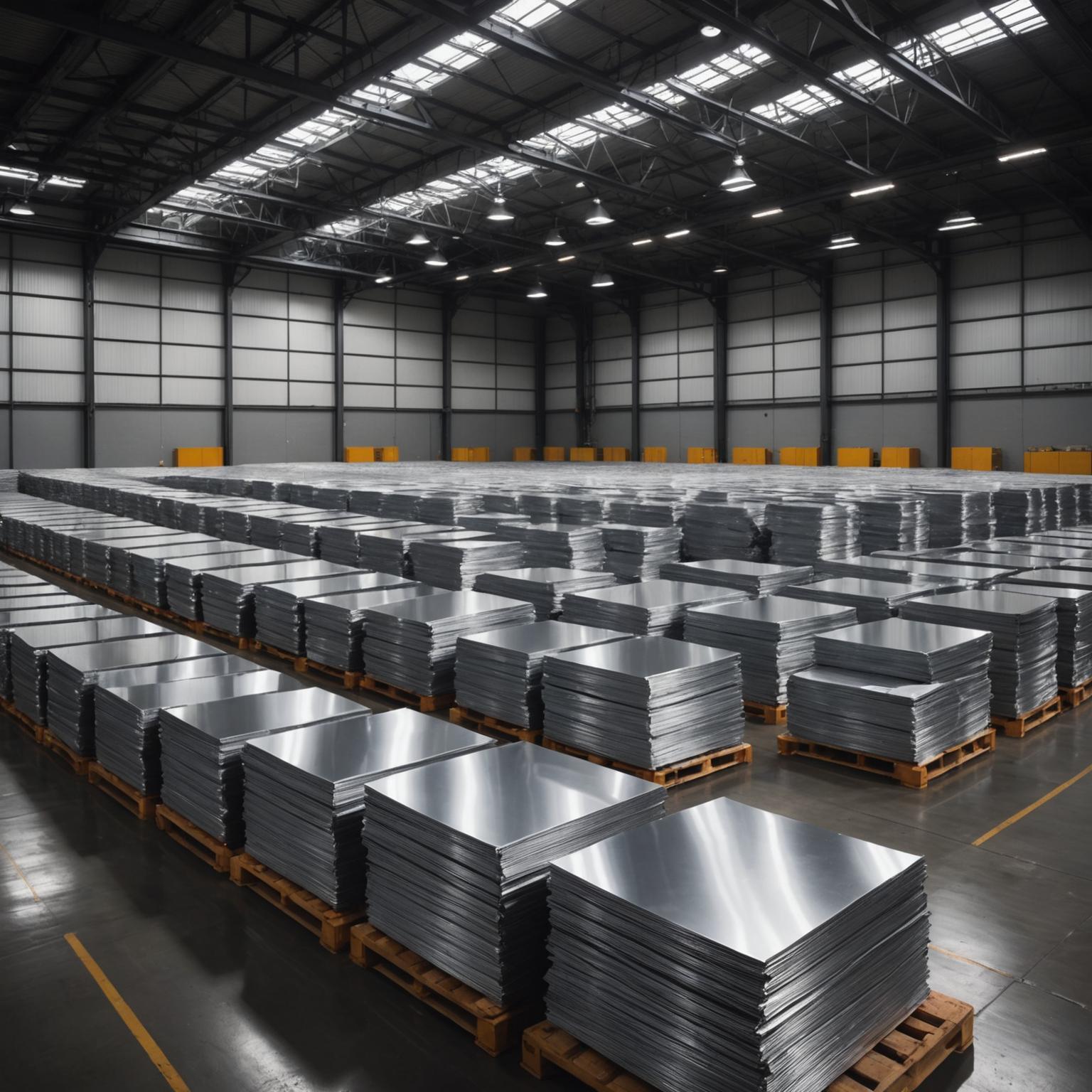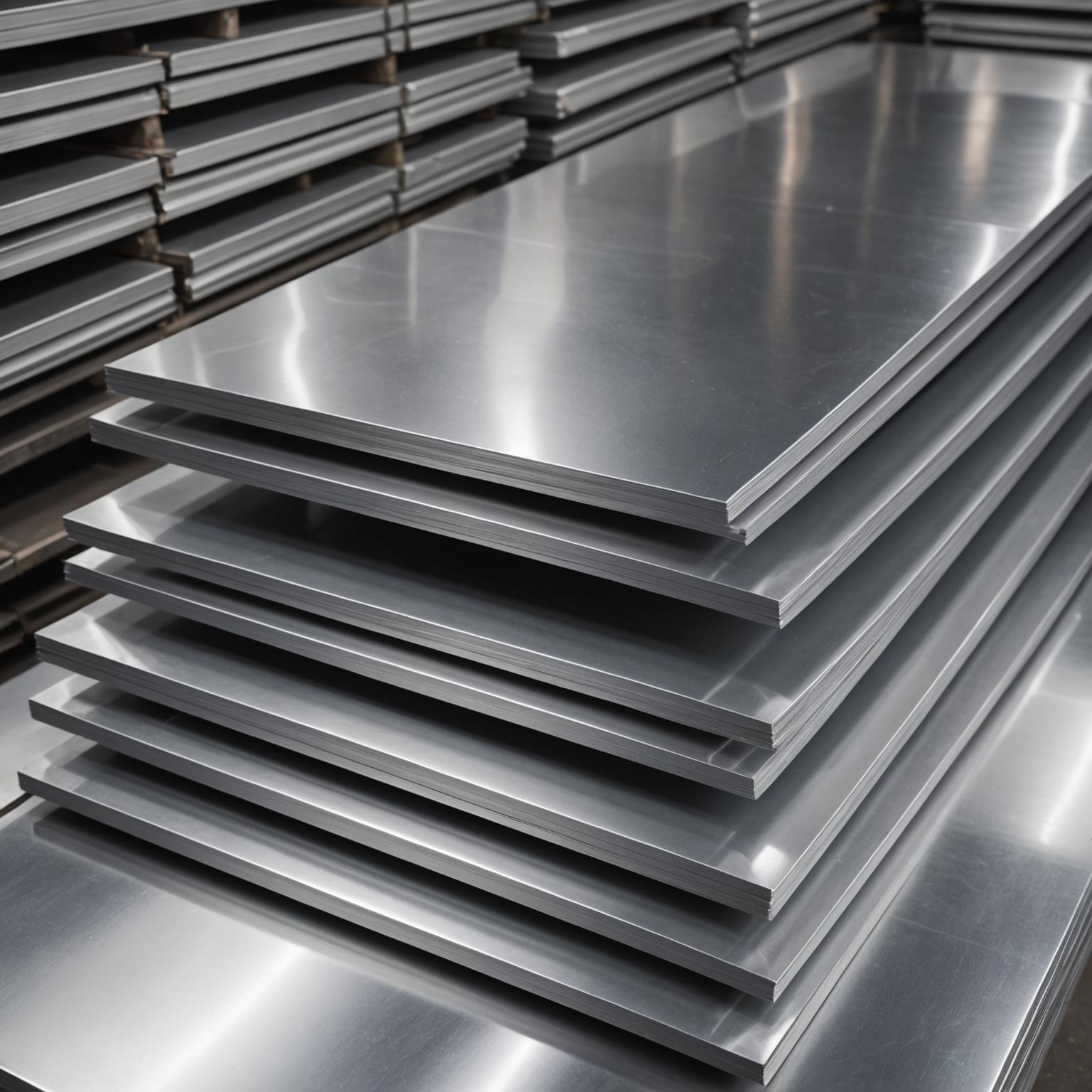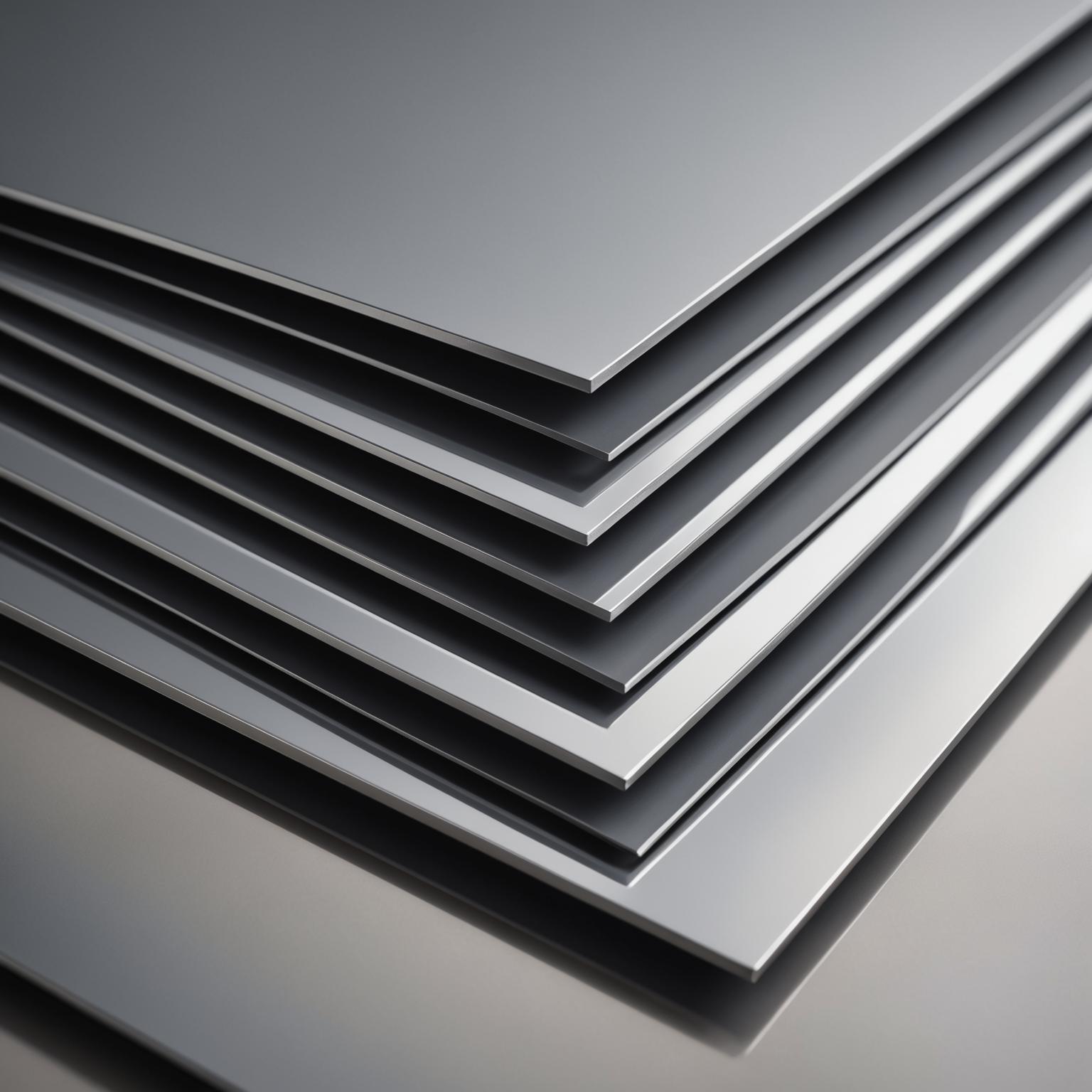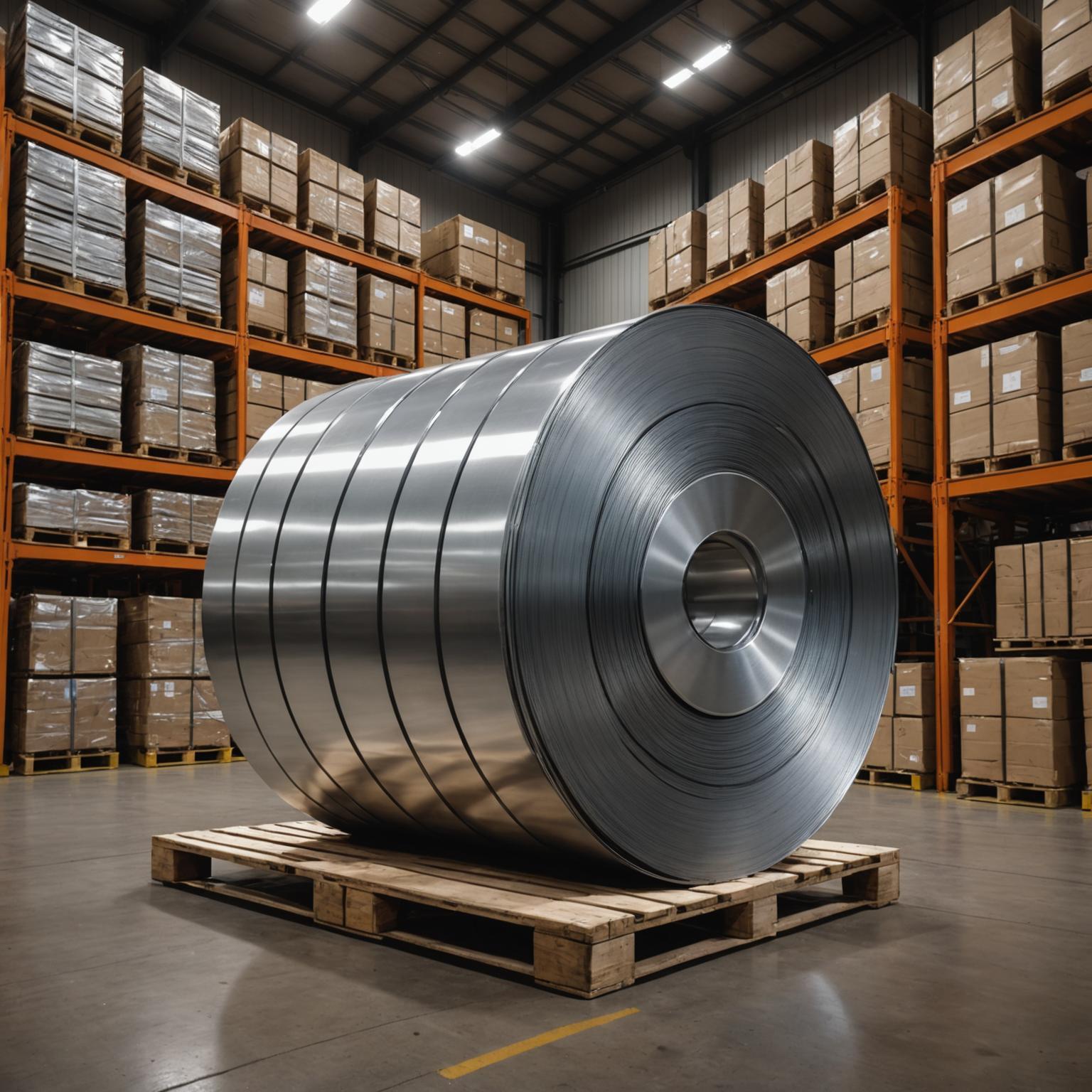Choosing the right mirror polished stainless steel sheet is a critical decision that impacts not only the aesthetic appeal but also the long-term durability and performance of your project. This material, celebrated for its stunning, highly reflective surface and robust characteristics, finds its place in a wide array of applications, from striking architectural facades to pristine interior design elements and high-specification industrial components. With various grades, thicknesses, and quality levels available, understanding the key factors is essential. This guide will walk you through how to choose the perfect sheet, ensuring your selection meets the precise demands of your application and delivers a flawless, lasting finish.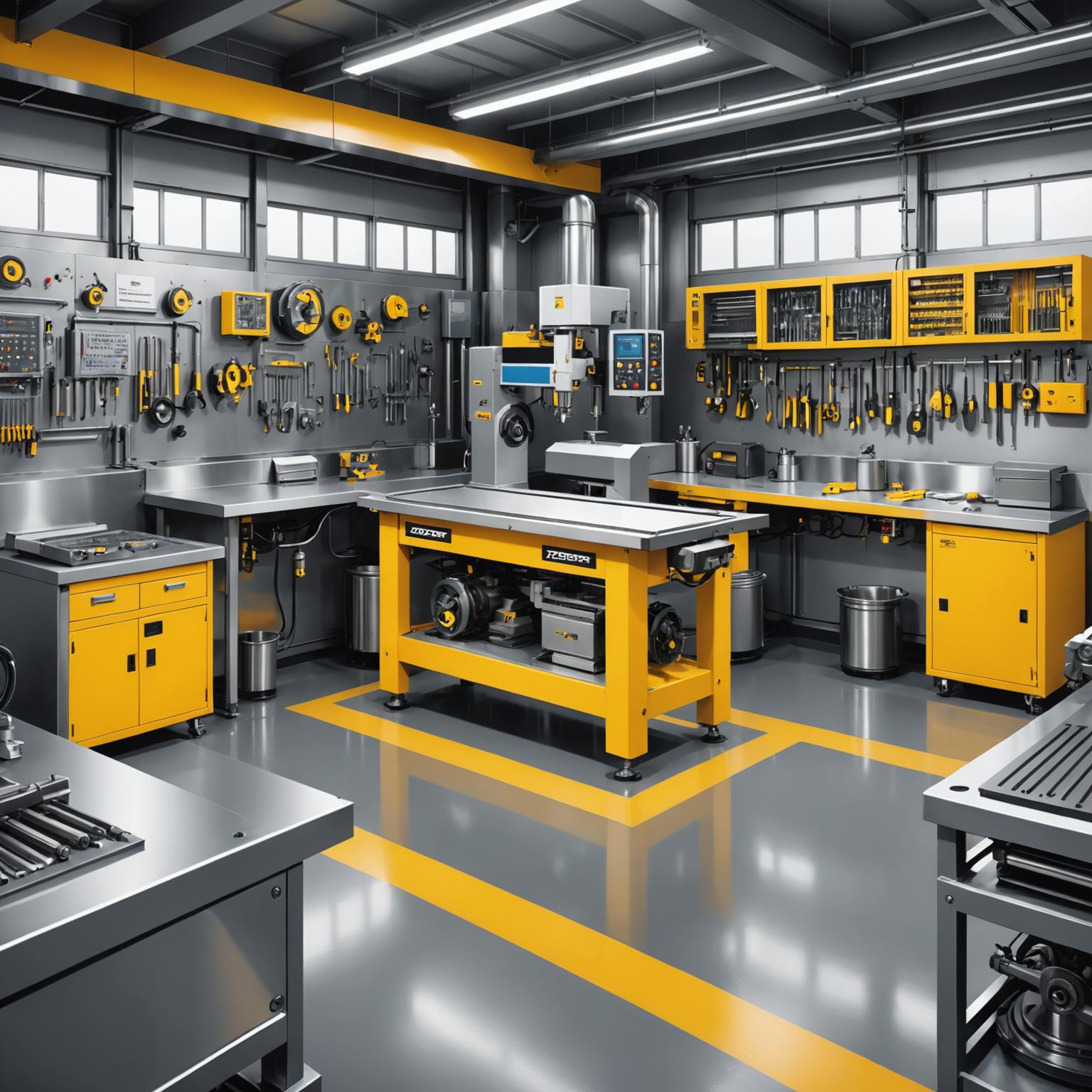
What is a Mirror Polished Stainless Steel Sheet?
A mirror polished finish, often referred to as a No. 8 finish, is the most reflective and polished finish available for stainless steel. It is produced through a meticulous process of mechanical and chemical polishing that progressively refines the surface, removing any scratches, pits, or other imperfections. The result is a non-directional, non-porous surface with a clarity that rivals that of a glass mirror. Beyond its visual appeal, this finish enhances the natural corrosion resistance of the stainless steel by creating a smooth, passive layer that is easy to clean and maintain, making it a hygienic choice for food processing, medical, and laboratory environments.
How to Choose: Critical Factors for Selection
Making an informed decision requires evaluating several technical specifications. The most crucial aspect of how to choose involves matching the material's properties to its intended environment and use. Start by considering the grade of the stainless steel. Grade 304 is the most common and offers a fantastic balance of corrosion resistance, formability, and cost-effectiveness, making it ideal for most interior applications like wall panels, decorative trim, and kitchen backsplashes. For projects exposed to harsh conditions, such as coastal air, de-icing salts, or corrosive chemicals, Grade 316 is the superior choice. It contains molybdenum, which significantly enhances its resistance to chlorides and acids. For less demanding, cost-sensitive indoor applications, Grade 430 can be an option, but it has lower corrosion resistance and is magnetic.
Key Physical and Quality Attributes to Assess
Beyond the grade, the thickness or gauge of the sheet is a vital consideration. A thicker sheet provides greater rigidity and impact resistance, which is necessary for functional surfaces like countertops, shelving, or high-traffic wall protection. Thinner gauges are suitable for decorative overlays or applications where weight is a concern. Always consider the sheet dimensions in relation to your project to minimize waste and seams. Another critical quality indicator is the protective film applied to the polished surface. A high-quality, adhesive PVC or PE film is non-negotiable. It shields the pristine finish from scratches, abrasions, and contaminants during fabrication, transport, and installation. Ensure the film is easy to remove without leaving behind any sticky residue that could mar the surface.
Assessing Supplier Reliability and Surface Perfection
Not all mirror finishes are created equal. The quality of a mirror polished stainless steel sheet is a direct reflection of the manufacturer's capabilities and commitment to precision. When sourcing your material, partner with a supplier who can provide detailed specifications and evidence of quality control. Reputable manufacturers utilize advanced fabrication lines and meticulous polishing techniques to produce a truly flawless, distortion-free finish. Ask for a sample before committing to a large order. This allows you to inspect the surface firsthand for any subtle cloudiness, pinholes, or inconsistencies. A superior product will have a uniform, deep reflection across the entire surface, indicative of a high-quality production process.
Matching the Sheet to Its Intended Application
To truly optimize your selection, think about the specific demands of the end-use environment. For architectural exteriors, such as building facades or entrance canopies, a thicker Grade 316 sheet is essential for withstanding weather and pollution. In interior design, the choice is more flexible. A Grade 304 sheet can elevate a space as a feature wall, an elevator cab interior, or custom furniture, providing a touch of modern sophistication. In industrial settings, like cleanrooms or food-grade production facilities, the emphasis is on hygiene and chemical resistance. Here, a flawless No. 8 finish on a 304 or 316 grade sheet ensures a non-porous, easily sanitized surface that meets stringent regulatory standards.
Final Thoughts on Your Selection
Ultimately, the process of how to choose the right mirror polished stainless steel sheet is a balance of understanding the material, assessing the environment, and verifying quality. By carefully selecting the appropriate grade, thickness, and ensuring you source from a reputable supplier known for precision manufacturing, you invest in a product that performs exceptionally and retains its brilliant appearance for years to come. Taking the time to evaluate these factors will ensure your project benefits from the unmatched beauty and resilience that only a high-quality mirrored stainless steel can provide.



